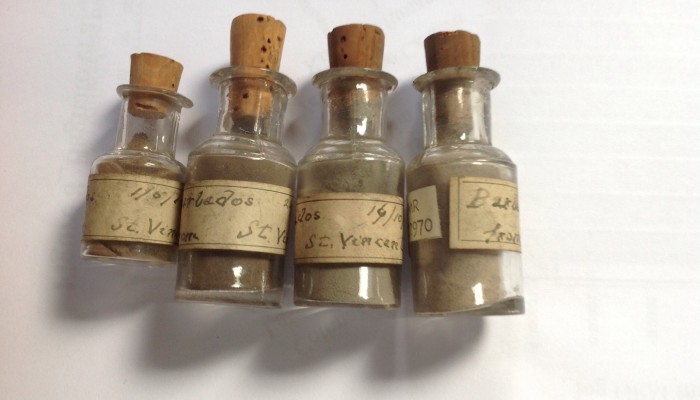
There’s not much that beats the thrill of discovery.. particularly when it turns up in your own backyard. This summer, I have been on the hunt for records and reports of the 1902 eruptions of St Vincent, a lush volcanic island in the Eastern Caribbean. There are indeed many reports from this eruption, carefully documented in official records from the time. But, more surprisingly, there are samples – and many of them in the UK: packets, vials and boxes of ash; chunks of rock and more, in museum collections and archives in both the Natural History Museum, and at the British Geological Survey. Here is just a snapshot of some of the incredible samples from the British Geological Survey Archives.
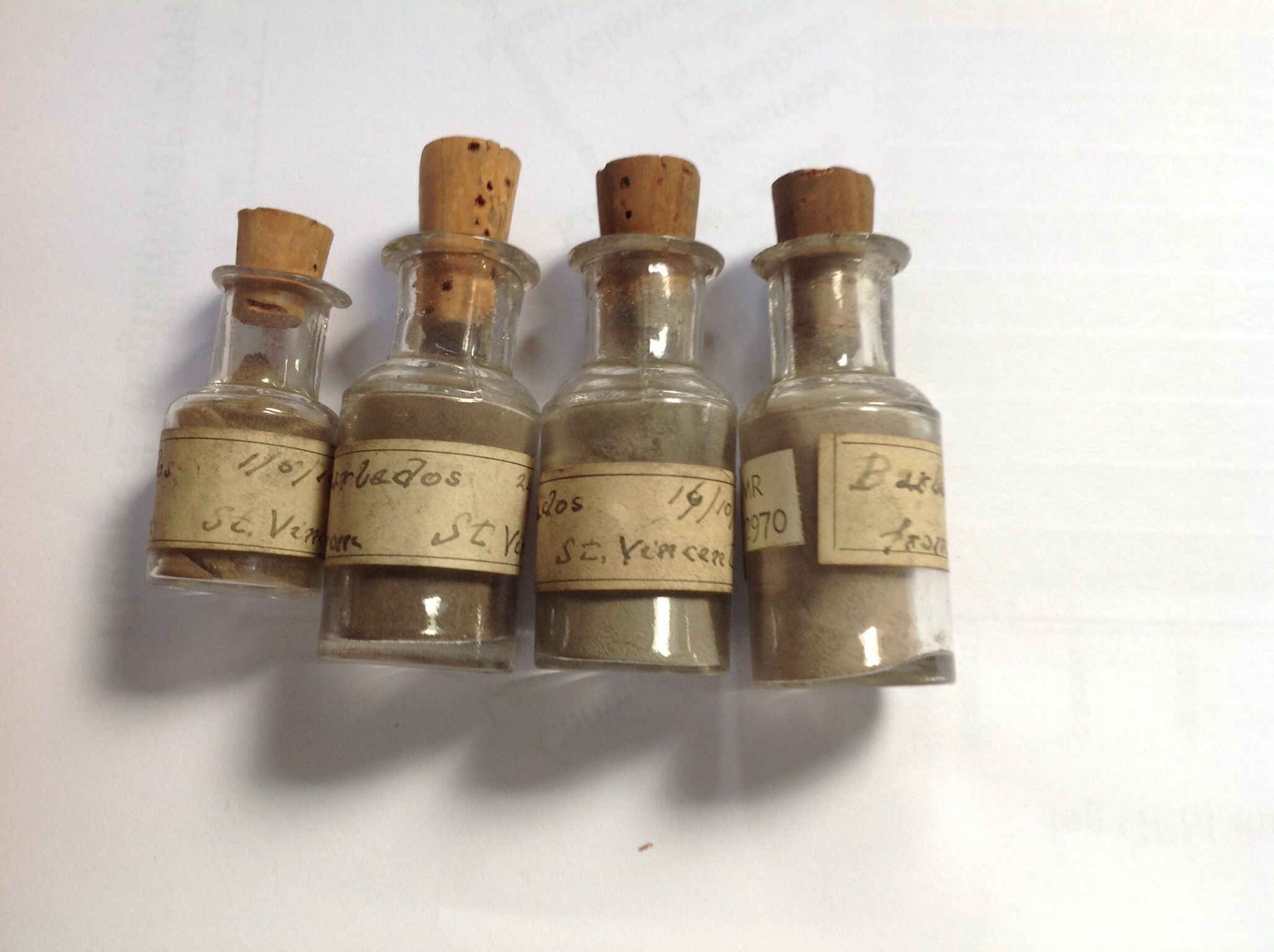
Four vials of volcanic ash – all collected on Barbados. The smallest vial is of ash from the 1812 eruption of St Vincent. The three other vials are samples of ash that fell on Barbados during eruptions between May 1902 and March 1903.
Along with the samples are the original envelopes in which they were sent, and handwritten notes documenting the sample: priceless tools, when you want to look back at an eruption that took place over 100 years ago.

1902 Barbados ash sample sent to Horace Woodward, who was in charge of the Geological Survey’s office in Jermyn Street, London, at that time – which included the Museum of Practical Geology. Memo reads ‘Dust from Mt Soufriere St Vincent, collected on the deck of the SS ‘Statia’ lying at Barbados, 90 miles distant, travelling against a strong S E wind and covering everything to the depth of 5 inches. 1903′.
Some of these samples are timed and dated, and can be linked to particular phases of the eruption. Here is one example – of the ash that fell during the opening stages of the eruption on Barbados.

‘Volcanic dust collected at Barbados during the night May 7-8 1902. This spec. fell during the first hour’. Collected by WG Freeman, a botanist at the Imperial Department of Agriculture for the West Indies in Barbados.
Other samples can be used to map the distribution of ash and coarser samples that fell across St Vincent – here’s an example of a ‘gravel’ grade sample from Rosebank on St Vincent.
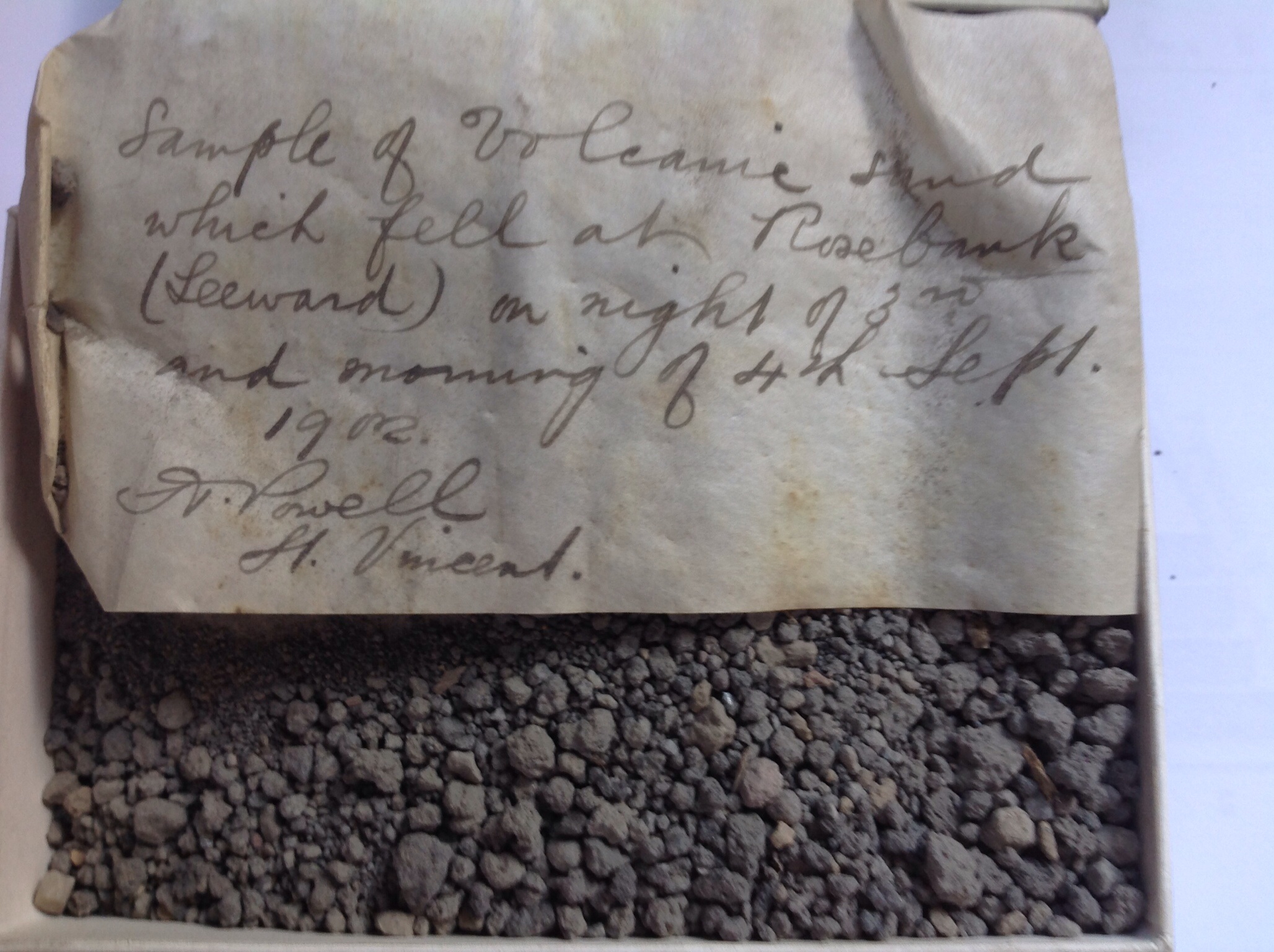
1902 tephra sample collected on St Vincent by Henry Powell, Curator of the Botanic Station on St Vincent. ‘Sample of volcanic sand which fell at Rosebank (Leeward) on night of 3rd and morning of 4th Sept. 1902’
Among the most amazing discoveries, are examples of damage to economically valuable plants – this one, a sample of Breadfruit leaf that was damaged during the latter stages of the eruption in March 1903.
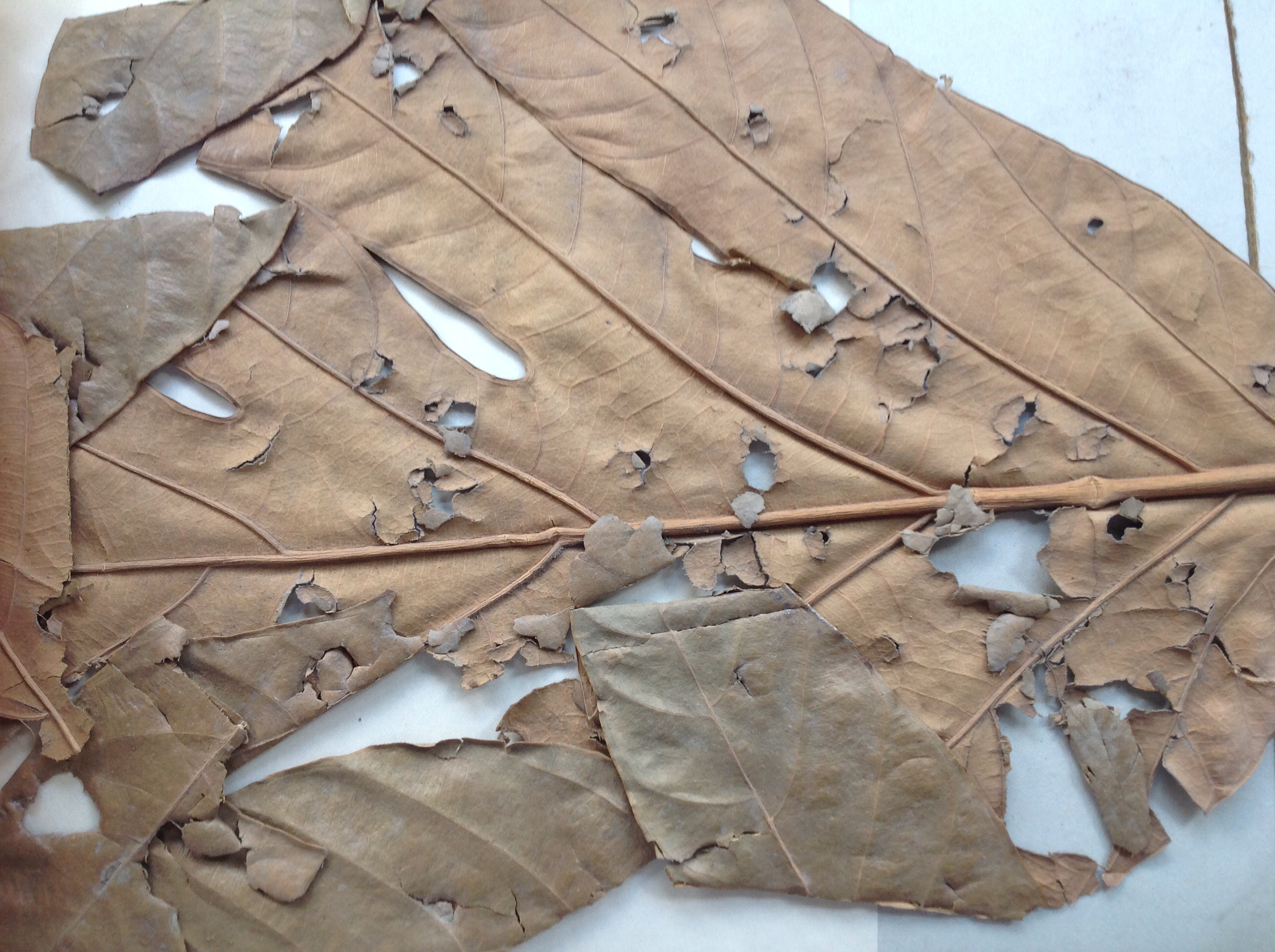
‘A leaf of the Bread Fruit Tree (Artocarpus incisa) gathered in St Vincent about 12 miles from the Soufriere and showing perforation caused by volcanic stones etc.’ Collected by WG Freeman in 1903.
Together, these sorts of samples will allow us to go back and investigate what was actually happening during the eruption, in a way that is rarely possible, even for modern events.
Links – read more about the eruptions of St Vincent on the London Volcano blog.

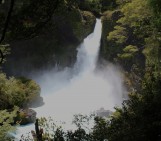
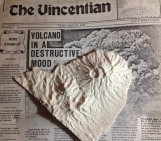
emmajw95
Reblogged this on Explosive Earth.